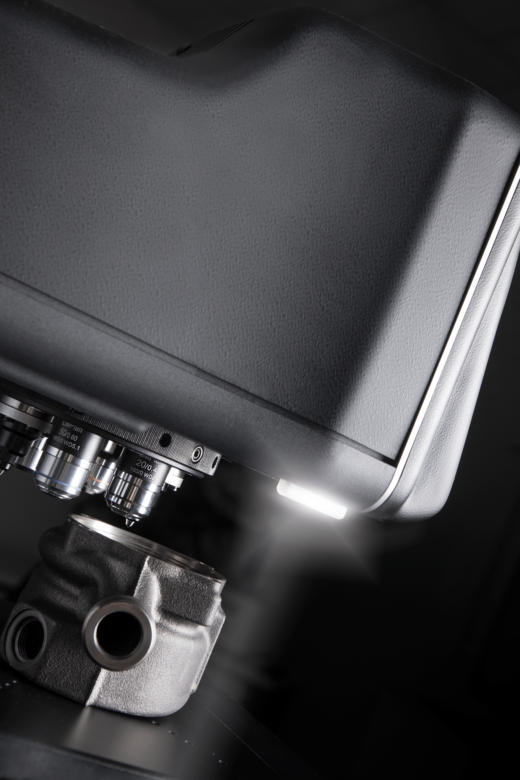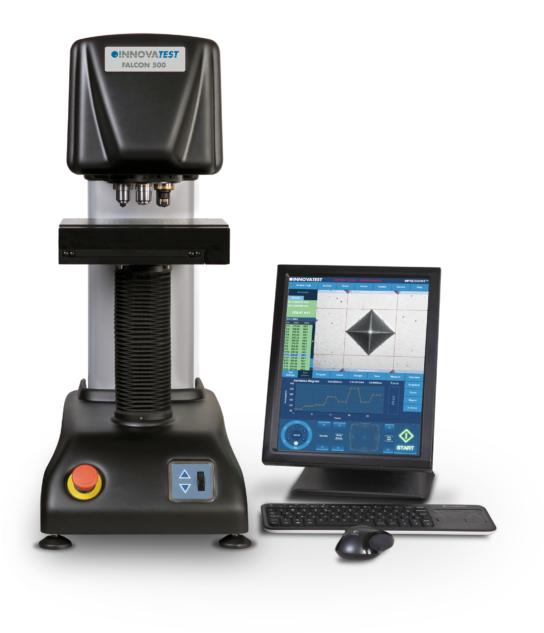Invented by Dr. Johan August Brinell in 1900, the Brinell hardness tester is not only the oldest method of hardness testing but also among the ideal testers today. This test is crucial for determining the hardness of forgings and castings with grain structures that Vickers or Rockwell testing can’t handle.
The Brinell hardness test’s test conditions have about 25 different ball/load combinations of testing. These combinations are designed to allow measuring a wide range of metals by the Brinell test. Therefore, the only thing you have to do is vary the test force and the ball’s size, basing them on the samples’ dimensions and designs.
However, in some cases, provided that the test force to ball size remains constant, the outcome is deemed accurate when you the Brinell test conditions.
You can use the hardness test results extensively, especially as a way of acceptance of commercial shipments. Furthermore, you can use them for quality control as well. It is also important to keep in mind that the test results could correlate with other characteristics of metals like wear resistance, tensile strength and ductility. Moreover, these test hardness testers can withstand even the harshest of environments.

Hardness Testing Steps
The testing involves two basic steps:
- The use of a known force and indenter and applying the force perpendicularly via the known indenter to the material you are testing. Afterward, hold the force for a given amount of time.
- From the resulting indentation, measure the diameter perpendicular to each other in at least two directions. You then compute the test value from the diameter’s mean using a mathematical formula meant for this test. You can also use a chart based on this formula.


